
At the heart of Maputo, the capital city of Mozambique, stands a bronze statue of Samora Machel, the country’s socialist revolutionary hero and first President. From the elliptical Praça de Independencia, he hails or blesses the people like a Comrade Mao or Stalin. Or like a Kim Jong-Il, for the statue was built in Pyongyang, North Korea in 2011, 25 years after Machel’s death.
Machel looks out over a wide boulevard that descends from the highest point on Maputo’s rectangular headland down the natural embankment to the city’s port. The whole area below him is the old central city called Baixa, literally lower part in Portuguese, from the time before Machel when the city was known as Lourenço Marques. The calm inlet along the southern shore, next door to South Africa and Swaziland, made this a good port, in contrast to the more tempestuous eastern shore with endless beaches and steep bluffs.

The socialist path Machel took in his newly independent country was like that taken by so many others when their centuries of colonial occupation ended. That was certainly no surprise to us after spending the bulk of a year in eight post-colonial countries within South America and Africa.
Nor were we surprised to hear again about the punishing civil war that ravaged the country from 1977 to 1992, starting soon after independence from Portugal. So many post-colonial countries suffered this horrible legacy as well. Here, anti-communist factions tried to overthrow Machel’s ruling communist party during that period. Malawi, cradled within the two uplifted arms of northern Mozambique, overflowed with refugees who found safety just across the narrow road that limns Mozambique’s western border. The conflict has been sporadically revived since then, as the principal political parties are offspring of the two sides who fought the civil war, but peace has mostly been the norm.
We have found, nonetheless, that Africa is a vast land full of surprises. Once you think you’ve seen it all, you find you haven’t. Maputo was just such a surprising place, a charming city, one with an historical feel akin to old South American cities and a very modern look.

It also does contain much of the poverty we have become familiar with across Africa: while one foot is prospering, another is struggling for economic well-being. Throughout the city, especially in the central core and along the esplanaded eastern shore, we saw well-stocked supermarkets supplemented by large open air markets and street vendors of produce. Chic shops and glitzy shopping malls attract both shoppers and pesky grey market goods hawkers outside them. Yet, a few blocks nearby in the old town have been usurped by shack-like “street” bars. Clean and easily navigable roads are lined with three story buildings needing paint and more substantial renovation, as well as those already gleaming in the sun. Brilliant sandy beaches teeming with residents are lined with vendor cart after vendor cart.
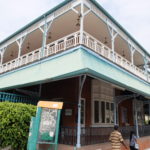
Maputo’s distinctiveness, and its biggest surprise to us, is its style, a style varying a lot over a hundred years, but always dynamic and colorful – as the mix of buildings around the Machel statue epitomize. In front of him to his left, a two-story balcony shows off Iberian colonial style from the 19th century.

Behind him hulks the city hall, with its neo-classical revival of the 1930s; the cathedral behind him to his left demonstrates art deco from the 30s and 40s, a style plentiful in the city, including some buildings to his right. Just down the street, the fanciful new high-rise for the Bank of Mozambique displays a myriad of colors.
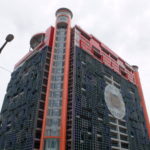
Even with the war and financial limits, it seemed that contemporary buildings rarely chose unimaginative corporate modern approaches or the worst of Communist era architecture. Instead they hearkened back to the rich architectural experience of the city since the start of the 20th century. There are plenty of functional three story block-house apartment buildings, with grill covered windows and peeling cream-colored or off-white paint. But even these echoes of moderne and art deco styles form a relatively gracious backdrop against which Maputo struts.
Some historical perspective helps explain why Maputo’s cityscape delights.

The legacy of Spain and Portugal go back over five hundred years in both Africa and South America. In the latter, you can visit that legacy tangibly in the old buildings and churches, in infrastructure, in culture and in language – and, sadly, in the havoc they left when they departed. In Angola and Mozambique, where the Portuguese began to trade by the early 15th century, their language endured. But little else tangible remained from before the mid-19th century except at some of the most important ports on the Indian Ocean, such as Ilha da Moçambique (Mozambique Island) in the north.

The oldest structure in Maputo itself, for instance, is a squat fortress, begun centuries earlier to fight off other colonial powers, but then needed mainly to help defend against resentful, rebellious natives. The current form dates only from mid to late 19th century.
By then, Portugal had reverted to an old colonial model of managing its Mozambican colony through three trading corporations. Though slavery and the slave trade were officially finished by the mid-19th century, these companies virtually enslaved native employees with indentureship and other control devices – and apparently made good money doing it.
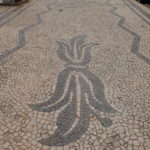
The buildings that have survived from then exhibit the gracious colonial style familiar throughout Latin America, or hearken back to older imperial styles. Charming Italianate examples abound in Baixa, of which the most notable are the Supreme Court, Biblioteca Nacional and its twin the Post Office. A few neo-baroque buildings dot the streets as well.
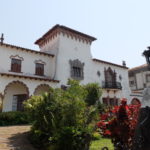
By contrast, there is the simple colonial facade of the Imprentas Nacional (National Printing Office) or blue tiled façade of the 1870s Casa dos Azuleijos, as well as that two story colonial mansion near Machel’s statue.
In the two decades before World War 1, Maputo’s core town of Baixa saw development of extensive infrastructure – rail, port facilities, wide boulevards, and so on – along with grand buildings to celebrate its prosperity.
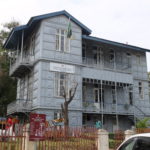
These were modern, adopting Belle Epoque and Art Nouveau styles, as well as Eiffel’s new ironwork structures. Eiffel, it is said, even designed a residence for the local governor, the Casa del Ferro or Iron House, a metal enclosure completely unsuited to the tropical climate here.

And Eiffel certainly inspired the central domes and support structures of two other important buildings. One is the Mercado, with its airy interior of iron beams. The other is the grand railroad station, a key part of the infrastructure needed to move goods to the Baixa port. This stately building is regularly listed as one of the ten most beautiful rail stations in the world.
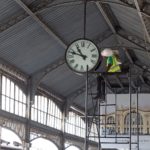
Such buildings also incorporated art nouveau features, as ornamentation such as the iron Biblioteca staircase and rail station logo, or in decorative tiling.
Soon the Portuguese government reasserted control over the corporations. By the 1930s, a new wave of investment and construction hit the city of Lourenço Marques.
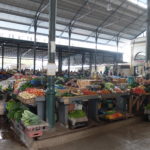
Before WW2, many new public buildings and private homes in the central city adopted art deco and moderne styles so popular in the West. Art deco abounds throughout the city in apartment buildings, theatres and other public buildings.

The most notable example is the Holy Cathedral beside Machel’s statue, a combination of a very modern tower and façade with a neo-gothic body.
Even the neo-classical revival of the 1930s had an impact, notably in that Maputo city hall behind Machel up the hilly embankment from Baixa.

Most surprising to us was the city’s innovative architecture in the 60s and 70s, a dynamic period led by the Portuguese architect Pancho Guedes, long-time citizen of Maputo. Inspired by other architects like Gaudi and Frank Lloyd Wright, he left his imprint everywhere in town – not just in his own buildings, but in the willingness of those building other structures to hire innovative architects.
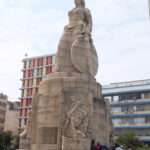
The 1962 lotus-like San Antonio church in the Polana district, a “temple of art and faith” by Nuno Craveiro Lopes, is one example.
That period ended in 1974, when Portugal’s wars to keep hold of its rebellious African countries helped cause a revolution back home. Portugal withdrew from Mozambique, pulling out most of the managerial class, the core bureaucrats and administrators that had charge of governmental operations. The Communist leadership did the rest, forcing other Portuguese citizens out.

Each was allowed 20kg of baggage and nothing else. Most left poor, including architect Pancho Guedes himself. Memorials and statues dedicated to Portuguese figures disappeared as did the old name of the city founder, Lourenço Marques. The Maputo river through town provided the new name.
The country adopted the worst of Russian and Chinese economic policies, while honoring those who created them – naming streets after Lenin, Mao, Marx and the like. Mozambique’s own internal war followed inevitably, though fortunately Maputo itself was untouched directly by the conflict. By 1986, with a new model of socialism appearing in China and with Russia’s imminent collapse, Machel might have been shifting policy away from strict communism, but he died in an airplane crash.
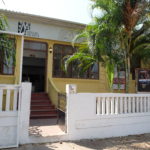
It has taken a while for the country, and Maputo, to begin emerging from the economic impact of the war and the government’s misconceived policies.
Yet the legacy of style has revived. Artists thrive here, led by the artist collective of Nucleo de Arte in the SE corner of the town, itself housed in a simple colonial building. Music with diverse inspiration is everywhere, from local hip-hop to African roots to jazz.

After exile in 1974, Guedes did re-establish himself in Portugal. In Maputo, his legacy lives on in the adventurous, iconoclastic design of buildings today, as with the Banco de Mocambique high rise in Baixa or the low-lying Netherlands embassy in the gracious Sommerchield district. That building recalls tribal fencing while seeming very modern at the same time.
Today’s Maputo has continued to be a city with style.
(Also, for more pictures from Mozambique, CLICK HERE to view the slideshow at the end of the itinerary page.)


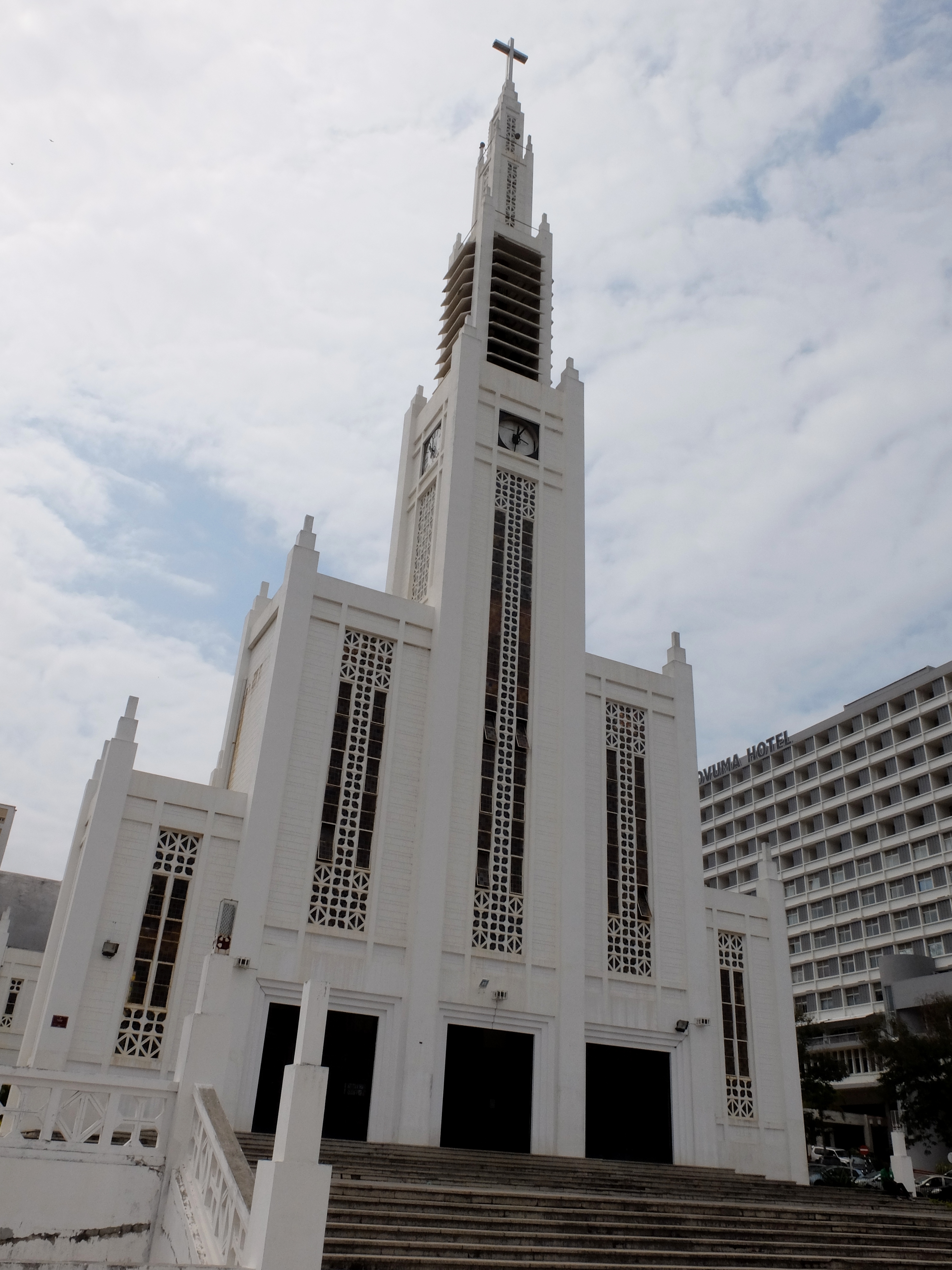

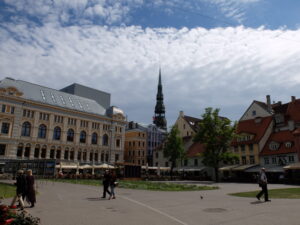
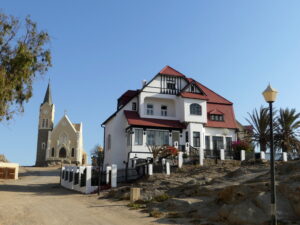
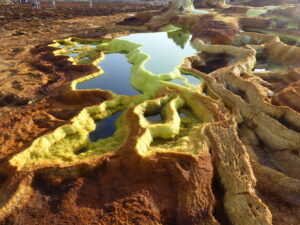
Hi Nancy and Barry
So we discovered half of your secret!
Honestly it is one of the best written pieces on Maputo that I read. Simple to read and full of good information.
We wait for the next one!
In the meanwhile enjoy the rest of your Mozambique.
Ciao
Bruno
Thank you for the kind words – and the warm hospitality in Ilha. Let’s stay in touch!